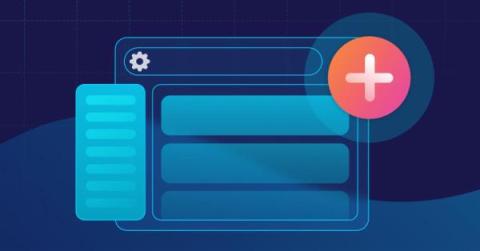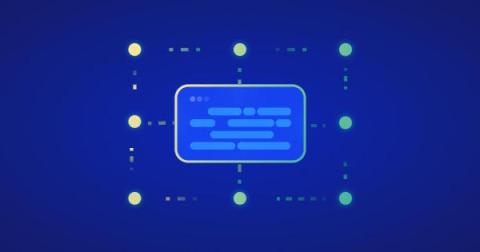Reporting AppSec risk up to your CISO
For security leaders, building a strong working relationship with your CISO often comes down to your ability to provide clear reports and concise risk summaries. Your reports allow CISOs to perform a vital responsibility of their role: translating highly technical security jargon into actionable recommendations that will reduce risk and improve security maturity across the organization. And in the case of a breach or zero-day event, CISOs may be the bearer of bad news.











